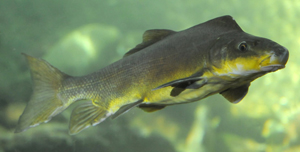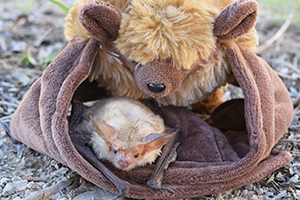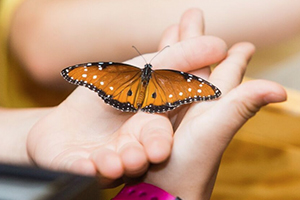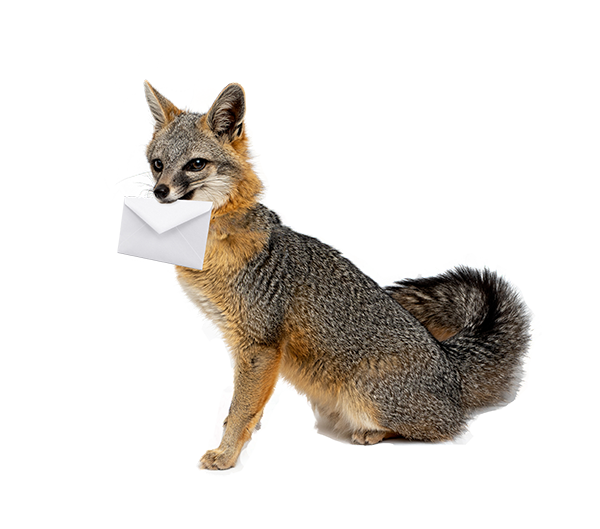
Freshwater Gallery - Species
- Other Species
- Bonytail chub (Gila elegans)
- Flannelmouth sucker (Catostomus latipinnis)
- Roundtail chub (Gila robusta)
- Beautiful shiner (Cyprinella formosa)
- Yaqui chub (Gila purpurea)
- Mexican stoneroller (Campostoma ornatum)
- Yaqui top minnow (Poeciliopsis occidentalis sonoriensis)
- Sonoyta pupfish (Cyprinodon eremus)
- Rio Sonoyta longfin dace (Agosia chrysogaster)
-
Colorado Pikeminnow (Ptychocheilus lucius)

Photo © Randall D. Babb - Proving not all minnows are small, this one can grow to 6' (2m) and 100 pounds (40 kg). A top carnivore in the river, it can eat mammals and birds, but tends to prefer other fish. Its torpedo shape gives it speed for the chase. Once an important food (known as "white salmon") and so abundant it was used as fertilizer, it is now rarely seen. Note: Due to its extreme size, it may only periodically be in the aquarium (when it gets too large, you'll find it in the Museum's beaver pond).
-
Razorback Sucker (Xyrauchen texanus)

Photo © Randall D. Babb - At up to 3' (1m) in length and 10-14 pounds (4-6kg) in weight, this is one of the largest suckers in North America. Before the existence of dams, it made long spawning migrations in the spring when water temperatures were right. In addition to disruption of breeding, it is threatened by predatory non-natives and by hybridization.
- Apache trout (Oncorhynchus gilae apache)
- The Apache trout is native to Arizona. Five other trout species have been brought to Arizona since the early 1900's, and their introduction has been a disaster for the Apache trout. They took its food and space, ate its young, and hybridized with it. As a result, the Apache trout has disappeared from 95% of its range. Today it lives in the colder and smallest streams high in the White Mountains. Efforts are underway to restore it in waters free of non-natives.










